Optimal Timing for Windows Installations
Understanding the optimal timing for Windows installations can enhance system performance and reduce downtime. Proper scheduling ensures compatibility with other IT processes and minimizes disruptions to daily operations.
Scheduling installations during evenings or weekends minimizes impact on productivity and allows for uninterrupted updates.
Performing installations during periods of low network activity reduces potential conflicts and speeds up the process.
Installing Windows prior to hardware upgrades ensures compatibility and smoother integration.
Timing installations after routine maintenance can prevent conflicts and ensure systems are fully prepared.

A technician performing a Windows setup on a desktop, illustrating professional installation procedures.

IT professionals coordinating Windows updates in a server environment to ensure minimal downtime.

An employee using a computer while a technician manages background Windows updates.

Ways to make Windows Installations work in tight or awkward layouts.

Popular materials for Windows Installations and why they hold up over time.

Simple add-ons that improve Windows Installations without blowing the budget.

High-end options that actually feel worth it for Windows Installations.

Finishes and colors that play nicely with Windows Installations.

A professional setting up Windows on a workstation with specialized tools.
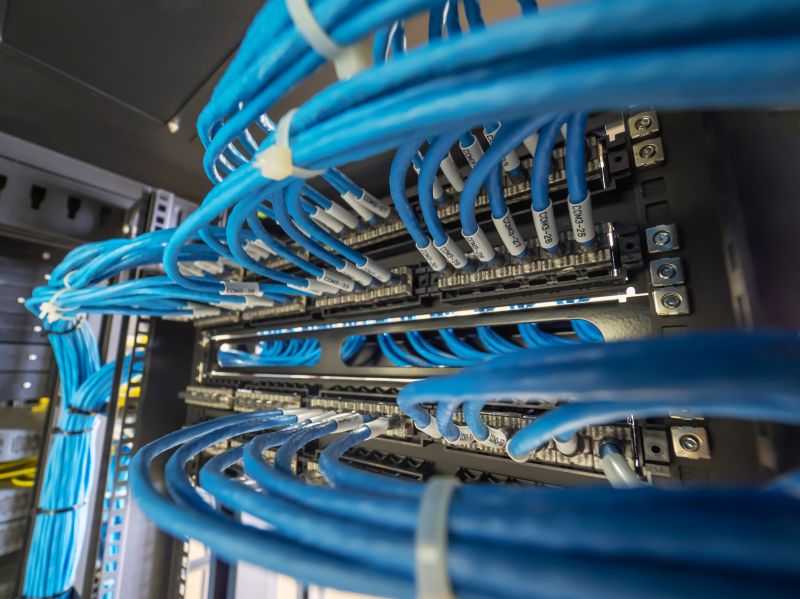
Servers undergoing Windows updates in a controlled environment.

A close-up of a laptop during Windows installation process.

A fully configured computer post-Windows installation, ready for operation.
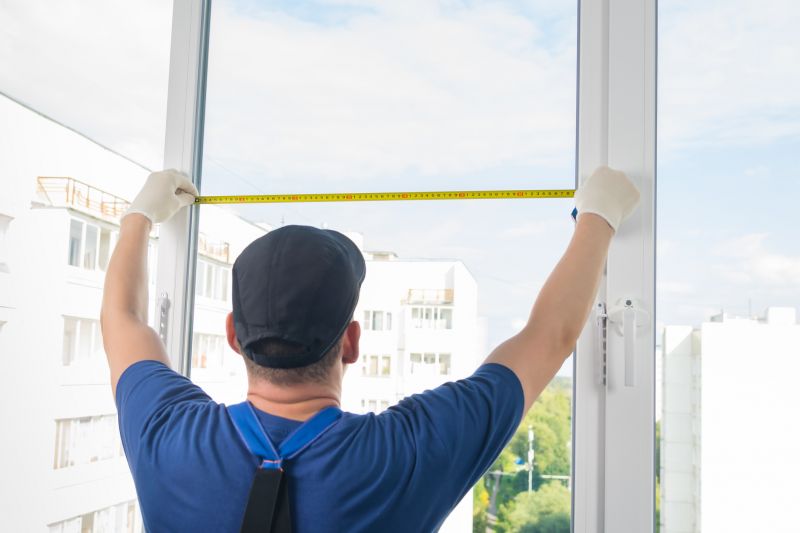
Little measurements that prevent headaches on Windows Installations day.

A 60-second routine that keeps Windows Installations looking new.

A frequent mistake in Windows Installations and how to dodge it.
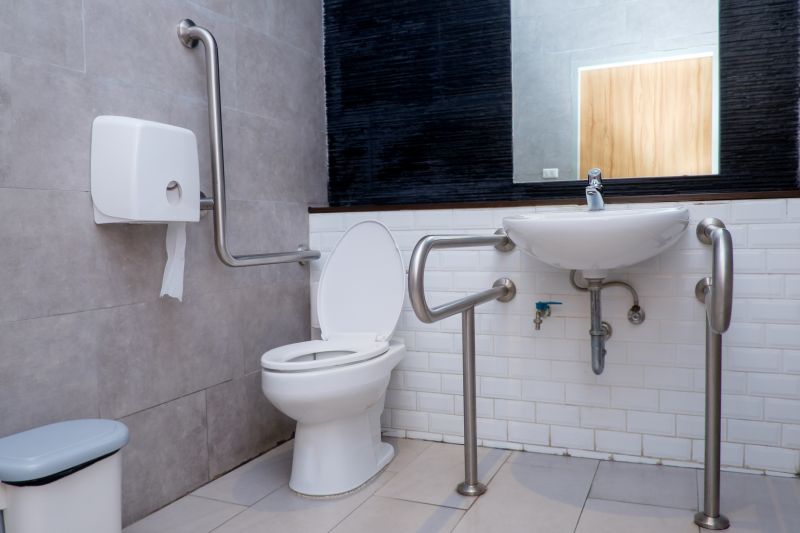
Small tweaks to make Windows Installations safer and easier to use.
| Timing Consideration | Recommended Practice |
|---|---|
| Weekends | Ideal for full system updates and upgrades. |
| Evenings | Suitable for minor updates to reduce impact on work hours. |
| Before Hardware Upgrades | Ensures compatibility and smooth transition. |
| During Low Network Activity | Reduces conflicts and speeds up installation. |
| Prior to Critical Business Periods | Allows time for troubleshooting and adjustments. |
Choosing the right time for Windows installations depends on operational needs and system requirements. Properly scheduled updates can improve security, stability, and performance. It is advisable to plan installations during periods of low activity and before major hardware or software changes to ensure seamless integration.

Technicians executing Windows installations in a corporate environment.
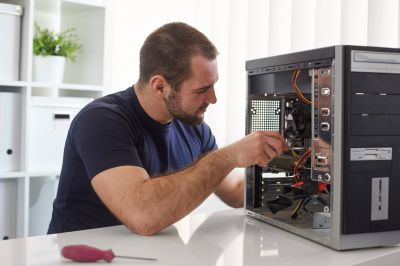
IT staff managing Windows updates on server hardware.

An employee continues working as background Windows updates are applied.

Technicians verifying system stability after Windows setup.

Lower-waste or water-saving choices for Windows Installations.
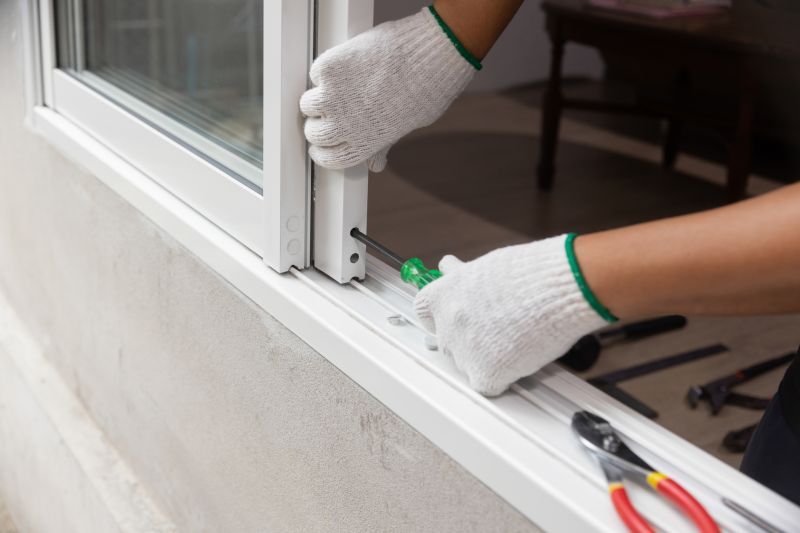
The short, realistic tool list for quality Windows Installations.

Rough timing from prep to clean-up for Windows Installations.

Quick checks and paperwork to keep after Windows Installations.
For organizations in San Pedro, California, scheduling Windows installations during off-peak hours can lead to smoother transitions and less operational disruption. Proper planning and timing are essential for maximizing system uptime and security. Interested parties are encouraged to contact professionals to discuss optimal scheduling options for their specific needs.

